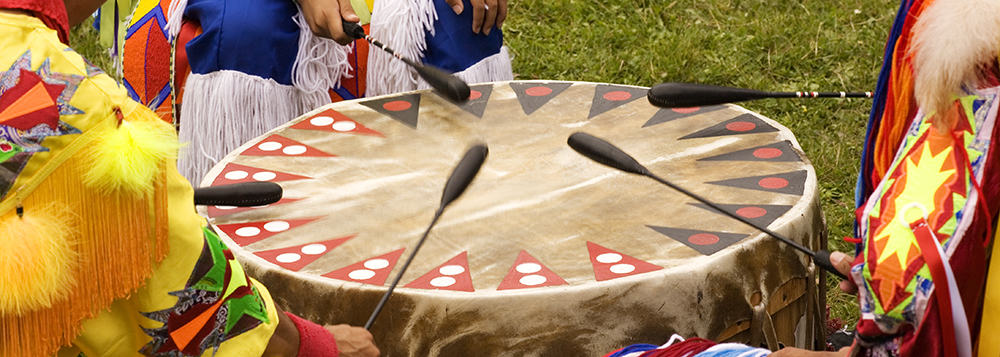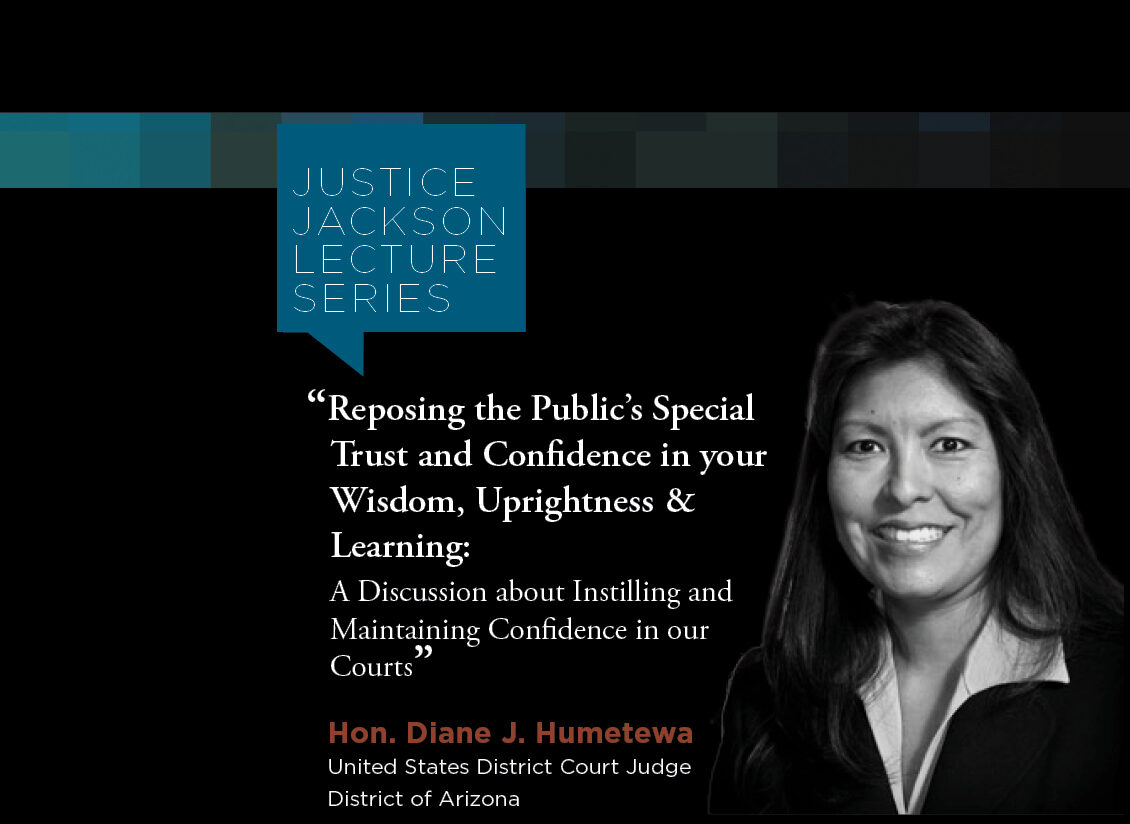
Traditional approaches to justice in Indian Country go back thousands of years and are far older than the statutes used in courts established in the European tradition.
Instead of relying almost exclusively on punishments, in the form of fines or incarceration, many tribal courts seek alternatives that will restore a community and the offender’s place within it.
Attorney Jess A. Lorona is a judge pro tem for the Salt River Pima Maricopa Indian Community Tribal Court and Hualapai Tribal Court who joined The National Judicial College faculty in 2018.
In the course Essential Skills for Tribal Court Judges, he shares 18 examples* of alternative sentencing for tribal judges to consider:
Community Service Options
- Mow grass
- Pick up trash
- Maintain sports fields
- Cut firewood
- Hunt for elders/community members
- Remove graffiti
- Assign offender to a tribal department for work duty
Important: The court must ensure that the work is actually being done and the offender stays drug and alcohol free.
Culturally Specific Options – Elders’ Activities
- Language learning
- Research papers on tribal history (particularly effective for youth offenders)
- Traditional skills
- Mentoring
- Religious or cultural ceremony
Tough Love Options
- Public shaming
- At large cultural events such as Canoe Journey, Pow Wow, Feast Days
- Ad in newsletter or newspaper
- Social Expulsion/Ostracism (temporary or permanent)
- Banishment
Other Options
- Restitution
- Counseling
- Rehabilitation for drug/alcohol addiction (in-patient or out-patient)
Other Considerations
- The tribe should let the court know what it feels is the best way to punish offenders and not leave it to the court to decide ad hoc
- The Tribe can establish broad classes of offenders and types of
traffic offenses that can be sentenced with a progressive range of
alternatives:
- Youth offenders committing minor offenses may be eligible for alternative sentencing
- Education-type sentences
- Progresses to non-incarceration-punishment-type sentences
- Culminates with incarceration
- Important: The court must be seen as a place that balances compassion and punishment.
*These are drawn from materials originally developed for the NJC by Judge Thor A. Hoyte.

Happy October, Gaveliers faithful. Are you loving this or what? No one believed a team made up of judges...


Hon. Diane J. Humetewa, the first Native American woman and the first enrolled tribal member to serve as a ...

Retired Massachusetts Chief Justice Margaret H. Marshall has been selected as the 2024 winner of the presti...

Dear Gaveliers Fans: I am delighted to announce the appointment of our first Gaveliers coaches, profiled...